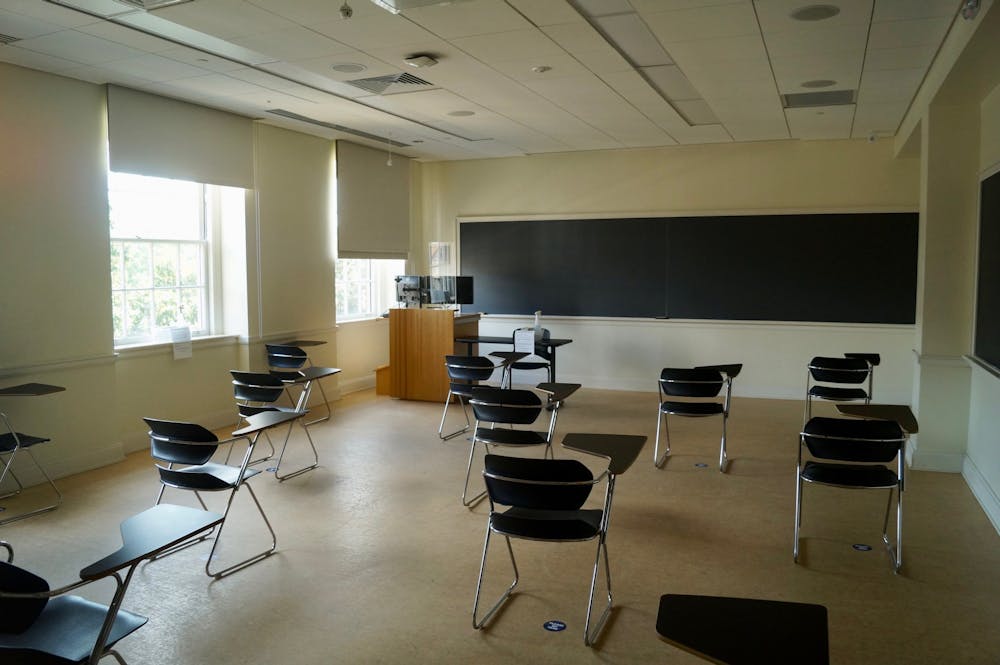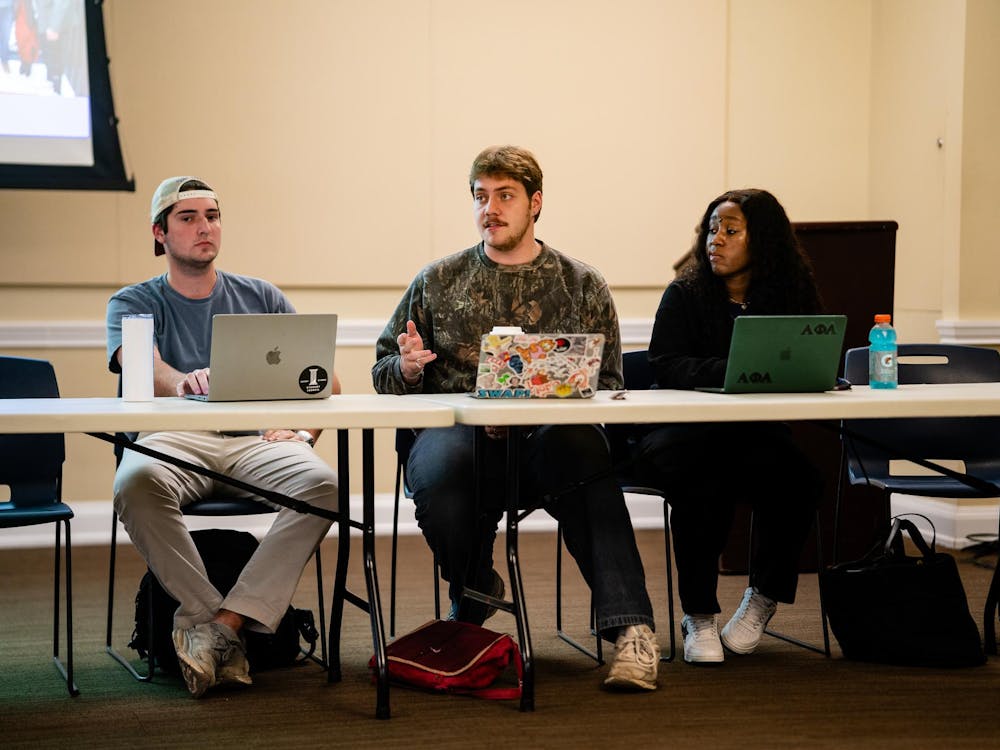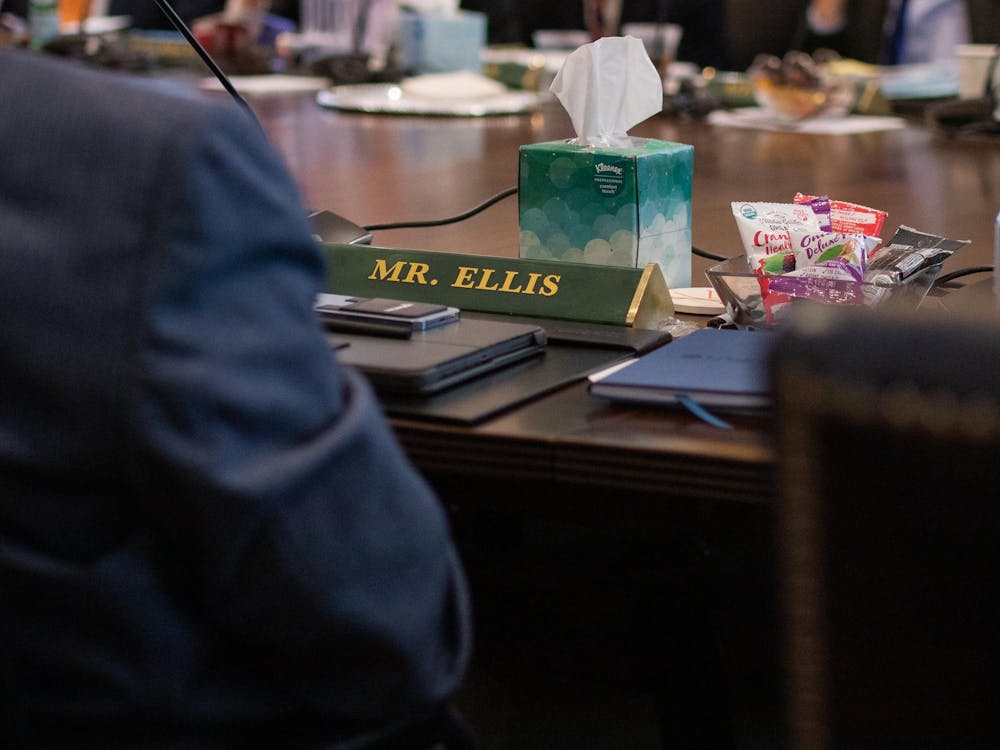The University announced plans to return to in-person learning April 1, which will be characterized by more normal operations for key parts of University life including housing, dining, libraries, recreation and transportation. After over a year of interrupted operations, this announcement has been long-awaited by many students and faculty.
The University is basing these plans on the expectation that vaccines will be widely accessible by the beginning of the fall term. The Blue Ridge Health District officially entered phase 2 of vaccine distribution April 12, and U.Va. Health has since been scheduling vaccine appointments for all University students.
The prospect of returning to normalcy is exciting yet daunting, many students and faculty members said. For example, third-year College student Katie Strickland expressed her longing to return back to the classroom alongside faculty across disciplines.
Strickland said she originally sought out in-person class offerings on SIS but was disappointed when her classes ended up being 100 percent online. While the prospect of learning in-person again is exciting, Strickland is still hesitant to believe she’ll return to a fully normal fall semester in 2021.
“When I heard this announcement, I was excited that U.Va. seemed to be committed to doing more, but I’ll believe it when I see it,” Strickland said. “The appeal of going back in person is feeling engaged. Online I get distracted easily and constantly feel overwhelmed, lost and isolated. I just find it so hard to sit still and listen passively to an online class, sitting in the same room all day.”
Likewise, second-year College student Yasmin Horner expressed her excitement to return to normalcy.
“I’m really looking forward to going back and getting my life back in a sense and getting to feel like just a college student again, rather than having the pressure and responsibility of the pandemic to deal with,” Horner said.
University faculty are likewise looking forward to the anticipated return to in-person instruction.
“I can't wait — I can't wait to get back in the classroom with the students, simple as that,” Commerce professor Dorothy Kelly said.
For the spring semester, only 27 percent of classes included an in-person component.
During a normal semester, students tend to capitalize on the physical proximity of professors in their classrooms, arriving to lecture a few minutes early or lingering after to chat. Kelly noted that building connection while teaching a class over Zoom was a challenge.
“It's easier to read, to connect with students in person — it's easier to read their body language when they're in front of you instead of in a little, tiny little box on the screen, so I just can't wait,” Kelly said.
Organic Chemistry Prof. Laura Serbulea, who has been teaching via a hybrid model, shares Kelly’s excitement, alongside a few concerns regarding the shift. Her 32 students completed the fall semester without contracting COVID-19 while working in spaces only at half capacity, which fueled confidence in continuing the model for the spring.
“Currently, we are at 50 percent capacity in the chemistry labs — or nine students — and organic chemistry labs differ in the sense that students must work in their books at benches,” Sebulea said. “So the question remains how to go back to full capacity safely. Considering that the vaccination is not going to be mandatory for students, [that’s] another thing that tells me that we need to be still cautious.”
With a hybrid model, Serbulea worked to have quality time with students — in her class, students rotated days they came in person and otherwise joined virtually in Zoom. In the classroom, she set up a to-go snack station with fruits and individually packaged treats in an effort to connect with her students.
“The time gave me five minutes to chat — not just ask if they finished the experiment and acquired the necessary data but touch base and see how they're feeling and how things are going in general on a weekly basis,” Serbuela said.
Visiting Economics Prof. Maria Westerfield mirrored this initiative, though in a slightly different way, to increase face time with students.
“This past year, I started offering a small amount of extra credit to students to introduce themselves during my Zoom office hours, and the small incentive increased office hour turnout significantly,” Westerfield said.
Westerfield thinks that students are eager for in-person engagement in classes and that most are ready to return to socializing and working face-to-face with peers.
Making it to this point has been the result of shared sacrifice and collaboration, not only including students and faculty, but the custodial staff as well.
“Moving furniture and chairs and blocking off distances and plexiglass — all of these things need to be recognized,” Kelly said.
The University will communicate final plans for the fall semester by July 15, detailing specific safety measures based on the distribution of the vaccine and guidance by public health officials.







